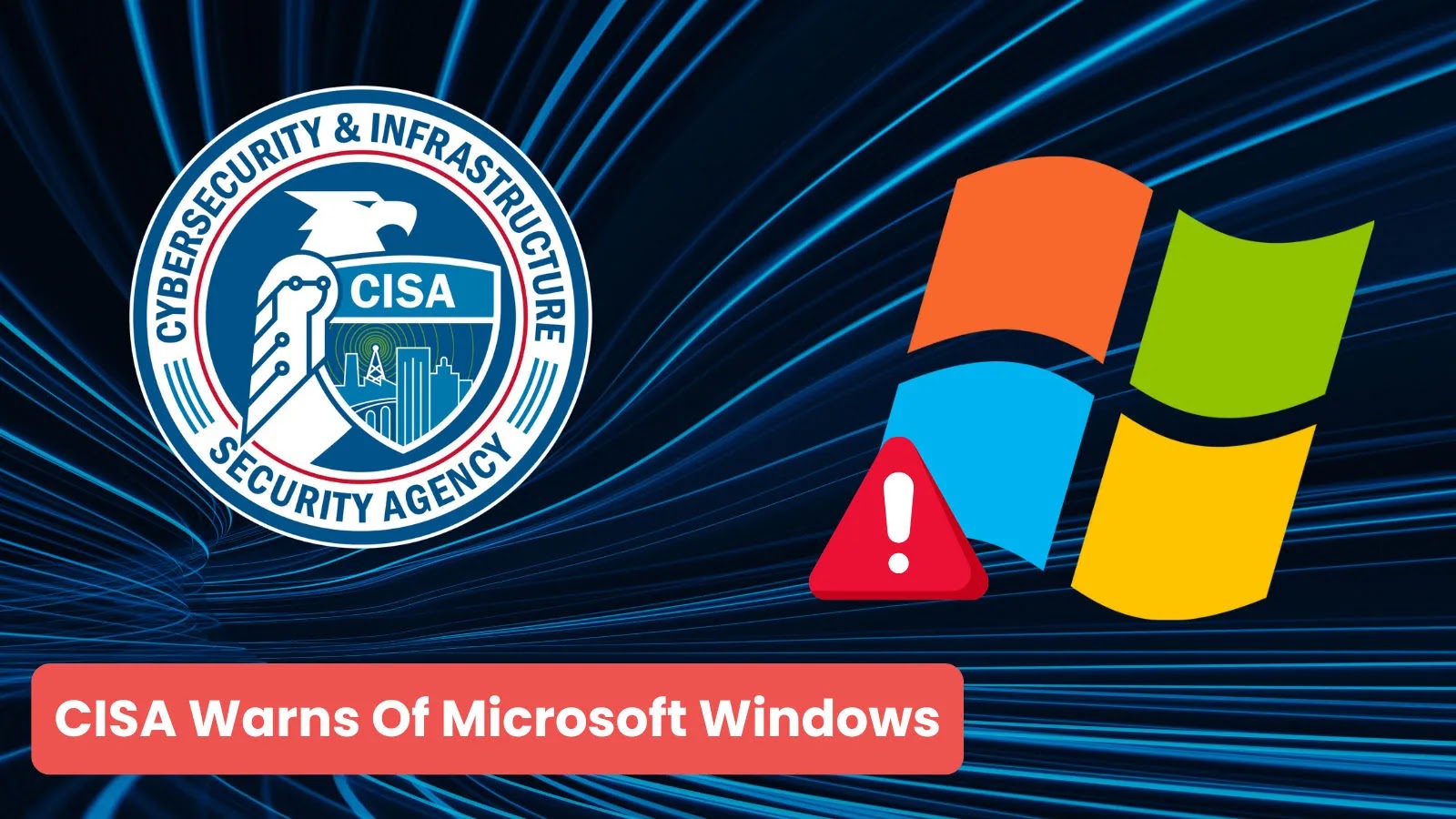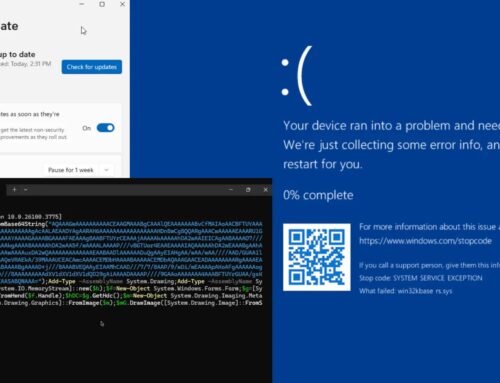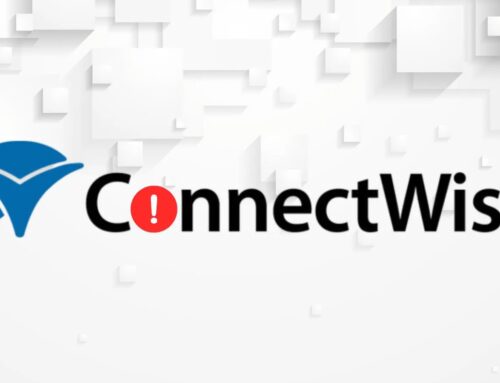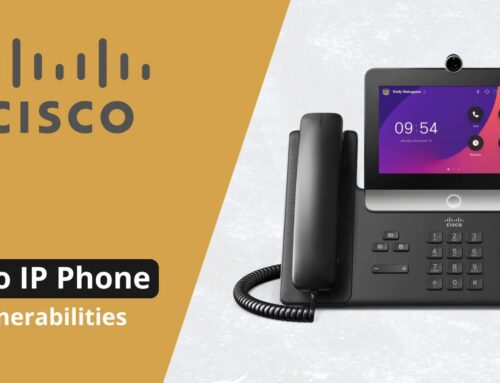
CISA Warns Of Windows Improper Access Control Vulnerability Exploited In Attacks
CISA’s Urgent Warning: Windows Vulnerability Actively Exploited in Attacks
The cybersecurity landscape is in constant flux, and organizations must remain vigilant against emerging threats. A critical alert has been issued by the Cybersecurity and Infrastructure Security Agency (CISA), adding a significant Microsoft Windows vulnerability to its Known Exploited Vulnerabilities (KEV) catalog. This is not just theoretical; threat actors are actively exploiting this flaw in real-world attacks, underscoring the immediate need for protective measures.
Understanding CVE-2025-59230: The Improper Access Control Flaw
The vulnerability in question is identified as CVE-2025-59230. This flaw stems from improper access control within the Windows Remote Access Connection Manager service. In essence, the service fails to properly restrict who can carry out certain actions, creating an opening for malicious activity.
Specifically, CVE-2025-59230 is a local privilege escalation vulnerability. This means that an authorized user, who might have standard or limited privileges on a system, can exploit this flaw to gain elevated permissions – essentially becoming an administrator. Such an escalation significantly expands an attacker’s control over the compromised system, allowing them to install programs, view, change, or delete data, and create new accounts with full user rights.
The Threat: Active Exploitation and Its Implications
CISA’s inclusion of CVE-2025-59230 in its KEV catalog is a direct warning signal. It signifies that this vulnerability is not merely a theoretical risk but is actively being leveraged by adversaries for nefarious purposes. The ability to escalate privileges locally is a highly sought-after capability for attackers, as it often forms a critical step in a broader attack chain.
An attacker exploiting this vulnerability could:
- Gain full control over affected Windows systems.
- Install malware, ransomware, or other malicious payloads.
- Exfiltrate sensitive data.
- Establish persistence within the network.
- Move laterally to other systems within the compromised environment.
Remediation Actions: Securing Your Windows Environment
Given the active exploitation of CVE-2025-59230, it is imperative for organizations to take immediate steps to mitigate this risk. While specific patch details were not provided in the source content, general best practices for addressing such vulnerabilities are critical:
- Apply Vendor Patches Immediately: Monitor Microsoft’s official security advisories and apply any released patches or updates addressing CVE-2025-59230 without delay. This is typically the most effective and direct mitigation.
- Principle of Least Privilege: Ensure all users and services operate with the minimum necessary privileges to perform their functions. This limits the damage an attacker can inflict even if a low-privilege account is compromised.
- Strong Endpoint Detection and Response (EDR): Deploy and configure EDR solutions to monitor for suspicious activity, including attempts at privilege escalation or unusual process execution related to the Remote Access Connection Manager service.
- Regular Vulnerability Scanning: Conduct frequent vulnerability assessments of your Windows systems to identify unpatched flaws and misconfigurations.
- Security Awareness Training: Educate users about the dangers of social engineering and phishing attempts, as initial access often precedes privilege escalation.
Relevant Tools for Detection and Mitigation
Utilizing appropriate security tools can significantly aid in identifying and addressing vulnerabilities like CVE-2025-59230. Here’s a brief overview:
| Tool Name | Purpose | Link |
|---|---|---|
| Microsoft Update Catalog | Official source for Microsoft updates and patches. | https://www.catalog.update.microsoft.com/Home.aspx |
| Nessus | Comprehensive vulnerability scanner for identifying unpatched systems. | https://www.tenable.com/products/nessus |
| OpenVAS | Open-source vulnerability scanner for network and system assessment. | https://www.greenbone.net/en/community-edition/ |
| Microsoft Defender for Endpoint | EDR solution for threat detection, investigation, and response on Windows. | https://www.microsoft.com/en-us/security/business/threat-protection/microsoft-defender-for-endpoint |
| Sysmon | Windows system service and device driver that monitors and logs system activity. | https://learn.microsoft.com/en-us/sysinternals/downloads/sysmon |
Protecting Your Perimeter: A Continuous Effort
The CISA warning regarding CVE-2025-59230 highlights the persistent challenge of securing critical systems. Improper access control vulnerabilities, especially those leading to privilege escalation, remain a primary target for attackers. Proactive patching, rigorous security assessments, adherence to the principle of least privilege, and robust endpoint protection are not optional but essential components of a strong cybersecurity posture. Organizations must prioritize addressing this and similar vulnerabilities to defend against real-world threats and maintain system integrity.





